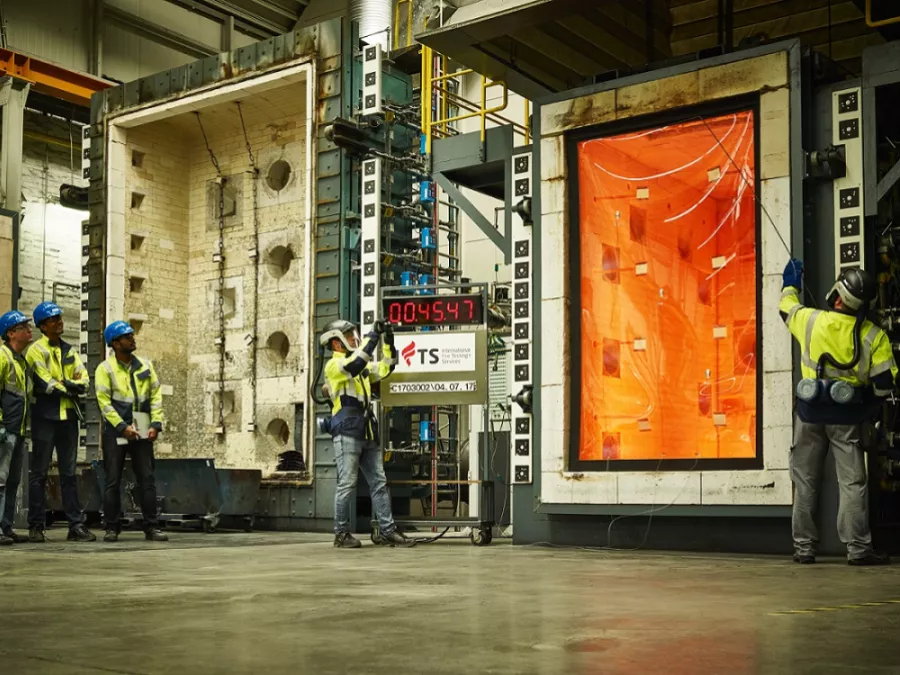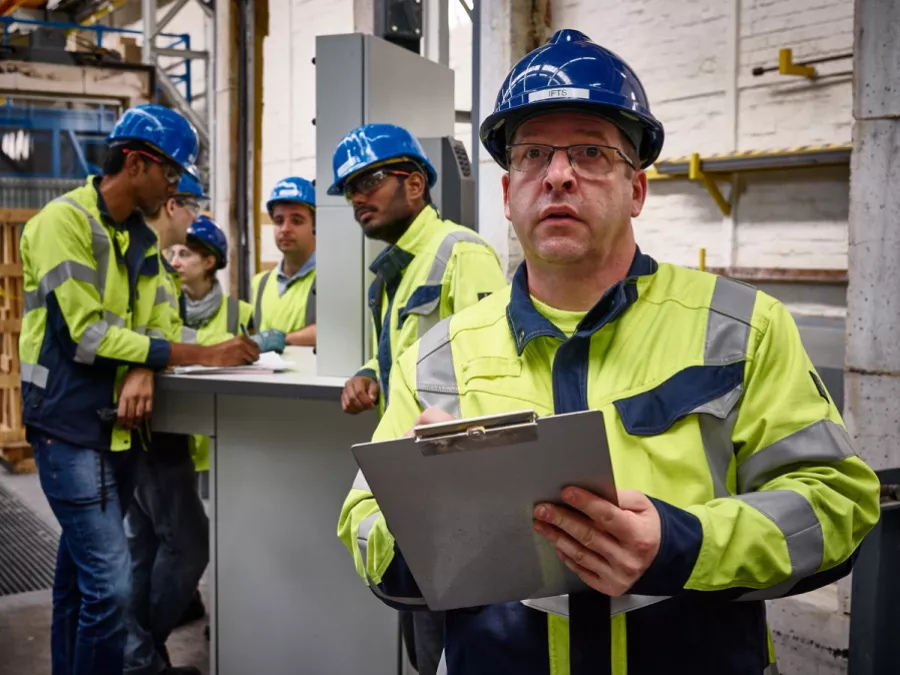Fire Safety Standards and Regulations: What You Need to Know

Fire safety codes and regulations are crucial to maintaining the safety and integrity of buildings and their occupants. These standards are essential in reducing fire risks, controlling and compartmentalizing their spread, and creating a safe travel path ensuring that occupants can safely evacuate in an emergency. The fire safety regulations govern building design, materials, and safety systems, helping mitigate the risks associated with fire and offering vital protection for both people and property.
Adhering to these standards is not just a legal requirement but a fundamental part of responsible building design and management. As fire safety risks evolve with construction techniques and materials advancements, building owners, architects, and developers must stay informed and ensure compliance with the latest standards.
Understanding Fire Safety Standards
A fire safety code is a guideline document designed by each country considering many factors such as population, population density, type of building, number of floors and budgets to prevent, detect, and respond to fires in various building types.
As the construction environment evolves, so do the fire safety codes. Fire safety codes are regularly updated to address new risks and challenges, including advancements in building materials, the construction of larger structures, and increasingly complex designs. As a result, fire safety regulations evolve to ensure that new fire hazards are adequately addressed and that safety is maximised in all types of buildings, from residential homes to skyscrapers and industrial facilities.
Evolution of Standards
The evolution of fire safety codes have been largely influenced by technological advancements and a deeper understanding of how fires behave in contemporary building environments. When construction was first advancing, fire safety primarily focused on limiting the spread of fire, as buildings were largely constructed with wood and other combustible materials. Fire safety measures were basic, aimed at containing fires to prevent widespread damage.
However, with the introduction of steel and glass construction and the rise of larger, more complex buildings, fire safety standards have evolved to address new challenges.
Today, fire safety codes incorporate measures such as fire-resistive materials, fire alarm systems, sprinkler systems, and safe evacuation procedures. Additionally, the increased use of combustible materials in modern designs has led to updates in these standards, including advancements in fire-resistant glass to enhance occupant protection in the event of a fire.

Key Fire Safety Regulations
Understanding fire safety regulations is essential for anyone involved in building design or management. These regulations can vary widely depending on the region, the type of building, and the specific safety needs of the project. While all fire safety regulations' core goal is protecting life and property, how they are implemented can differ.
While international standards provide a general guideline, fire safety regulations can vary significantly from one region or country to another.
In India, the NBC (National Building Codes) Part IV outlines fire safety guidelines, while countries like the UK have their own regulations, such as Building Regulations Part B. Understanding the nuances of regional fire safety regulations is critical for architects and builders who operate across different jurisdictions to ensure compliance and avoid potential legal issues.
How Fire Safety Standards are Enforced
Fire safety standards are not merely guidelines; they are enforced by regulatory bodies, like the NBC, to ensure compliance and protect public safety. This enforcement mechanism includes building codes, fire safety inspections, and certification processes. Local authorities, fire departments, and other regulatory bodies inspect buildings to ensure they meet the required fire safety regulations.
Regular audits and inspections help identify potential fire hazards and ensure that buildings remain compliant with updated standards. These inspections can occur at various stages of construction, during occupancy, and at regular intervals thereafter.
Meeting Fire Safety Standards
Complying with fire safety regulations can be a complex process for building owners, contractors, and architects. To simplify this, here are some practical tips to help ensure these standards are met effectively:
Choosing the right materials is crucial in meeting fire safety standards. Certified fire-resistant materials, such as fire-rated glass, steel, and concrete, help prevent the spread of fire and maintain structural integrity.
Fire-rated glass designed to resist fires ensures long-lasting protection while maintaining the building’s aesthetic appeal. These materials should meet or exceed the fire-resistance ratings outlined in national and international standards.
Regular Inspections and Maintenance
Ensuring compliance doesn’t stop once the building is constructed. Regular fire safety inspections and maintenance are crucial to maintaining ongoing compliance with fire safety standards.
For passive fire protection, this includes inspecting that the installation of fire rated systems, is in accordance with the test report as per the specific fire testing standard.
For active fire protection like fire alarms and sprinkler systems, regular audits help identify potential risks early and ensure that safety systems are functioning properly, offering continued protection for building occupants.

Fire Safety Standards for a Safer Tomorrow
With the evolving nature of fire safety, building owners and architects must stay up-to-date with the latest standards and incorporate advanced technologies to ensure their buildings are safe and resilient.
Building owners can ensure their structures meet the required safety standards by understanding the key fire safety regulations, choosing certified materials, and working with trusted suppliers. As regulations continue to evolve and technology advances, the future of fire safety holds great promise in enhancing the protection of buildings and their occupants.
